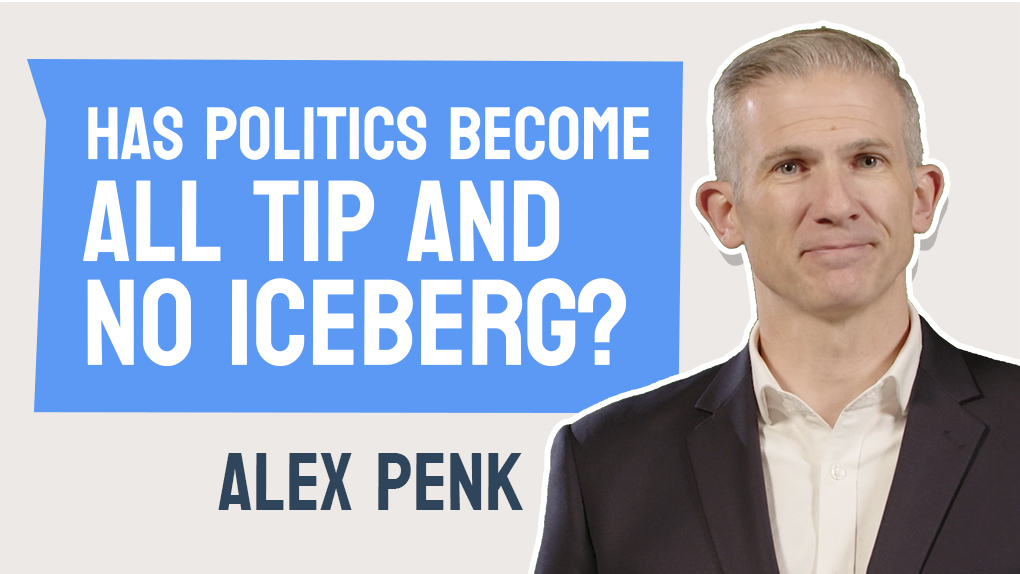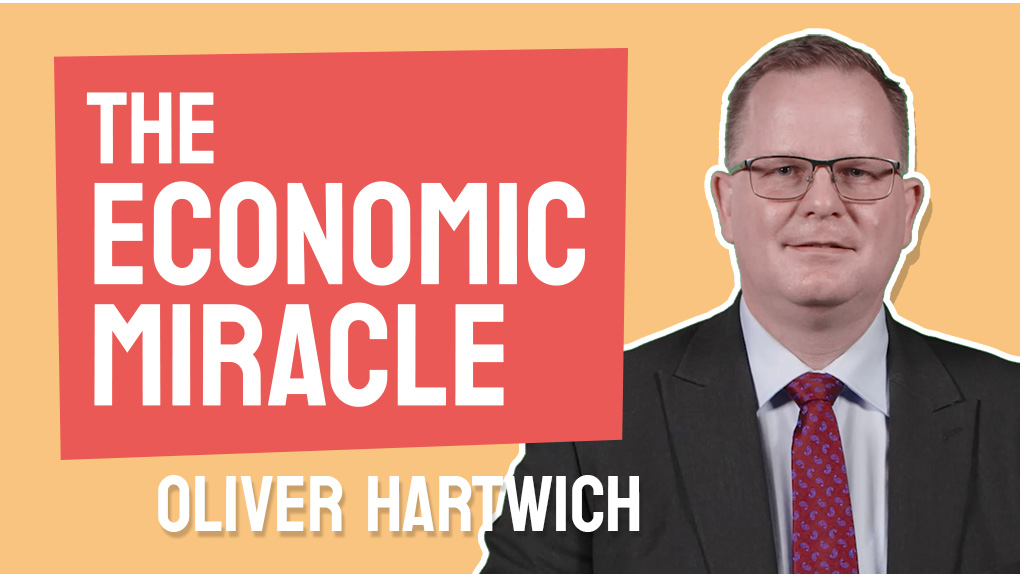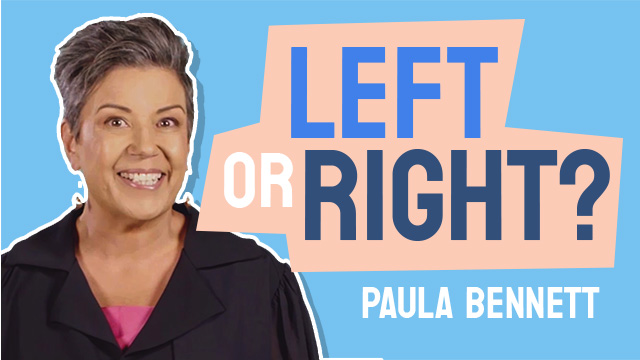Has Ardern altered the course of NZ?
Dr Oliver Hartwich, Executive Director, The New Zealand Initiative
11 June 2023, 31k views*
Did we just witness a third transformative Government in New Zealand’s history? Would it be right to compare the administration of former Prime Minister Jacinda Ardern to the likes of Savage and Lange who’s policies altered the course of New Zealand?
Governments, they come and go. It’s the way of democracy. They usually start off with grand ambitions to transform the country. Governments make promises that often seem too good to be true. And sure, some governments even manage to deliver on some of their promises. But still, that does not make these governments “transformational.”
As we all know, it’s only a select few governments that truly change the trajectory of a nation.
In New Zealand’s history, there used to be only two such “transformational” governments:
The first is the Labour government under Prime Minister Michael Joseph Savage in the 1930s. It created the modern welfare state.
The second government that merits mention is the fourth Labour government by Prime Minister David Lange, which governed from 1984. It brought about sweeping economic and social reforms, liberalising New Zealand.
So the question today is this: Did we just witness a third transformative government in New Zealand’s history?
Would it be right to compare the administration of former Prime Minister Jacinda Ardern to the likes of Savage and Lange? Has Ardern altered the course of New Zealand?
Well, it’s certainly premature for any definitive conclusions at this stage.
History has shown us that the true impact of events can only be fully understood with the benefit of hindsight.
Nevertheless, it’s fair to say that Ardern’s administration did not maintain the status quo. In fact, Ardern deviated from the policy consensus that had been in place since the late 1980s. Only time will tell if the country continues to follow that path or if Ardern’s policies will be quickly undone.
So let us look at Ardern’s legacy – and especially her economic legacy.
Before she became Prime Minister, you might not have expected her to leave a big mark on economic policy. At least she had never shown much interest in economics. As an MP since 2008, she was mainly involved in social causes, except for holding the small business portfolio for a while. But as Prime Minister, Ardern lost no time to revolutionise New Zealand’s economic policy framework. In particular, she set out to undo the decisions of the fourth Labour government.
When “Rogernomics” started in 1984, Ardern was only four years old. But she said many times, the social impact of those reforms under Minister of Finance Roger Douglas made her wary of market-based solutions. So, in that way, you could read Ardern’s whole economic agenda as an antidote to “Rogernomics”.
That was a significant change from Ardern’s predecessors. Because, despite their differences, all governments since the late 1980s had previously followed roughly similar policies: limited government, an independent Reserve Bank focusing on price stability, balanced budgets through the economic cycle, liberal labour markets, and a limited social safety net.
However, under Ardern, the basic pillars of New Zealand’s post-1984 settlement were demolished one after the other.
To start, Ardern appeared more at ease with increasing state spending, with her government recording the largest spending hike among recent administrations in New Zealand. Ardern also made a departure from the traditional inflation-targeting practice of the past few decades, instead providing the Reserve Bank with fresh objectives for employment and even house prices.
While New Zealand’s labour market was once extremely adaptable, Ardern initiated the compulsory industry-wide Fair Pay Agreements, which, despite their positive name, are predicted to strengthen unions and result in lower employment rates.
Openness to international talent was another longstanding policy setting in New Zealand. It had long viewed itself as a destination for migrants, and accepting them benefited the country.
Ardern changed that setting by first closing the borders a little to migrants – and then entirely during Covid.
A combination of bureaucratic incompetence and a barely concealed anti-foreigner bias has slowed inward migration even after the pandemic.
Ardern’s government introduced an avalanche of centralisation to this list of policy choices.
In various areas, including health care, polytechnics, and water infrastructure, policy decisions are being transferred to higher levels of government.
As a result, bureaucracies that make these decisions have become cumbersome and distant from the people they’re supposed to serve.
So, Ardern’s economic approach placed a much greater emphasis on the role of the state. And it changed the basic settings which had been in place for more than three decades before. In this sense, Ardern stands in line with Savage and Lange in that she delivered a radical turning point.
And yet: Savage and Lange are now regarded as seminal Prime Ministers because their policy choices had a long-lasting effect.
Right now, we cannot know whether Ardern’s choices will stand the test of time. Her successor Chris Hipkins has already started undoing some of Ardern’s policy work. And, of course, should the opposition win this year’s election, there could well be a revision of many of Ardern’s decisions.
It’s too early to say whether former Prime Minister Jacinda Ardern’s administration will go down in history as a transformative government. But it is clear that she made significant changes to New Zealand’s economic policy framework. Her economic legacy will be an interesting topic for historians and economists to study for years to come.
I’m Oliver Hartwich, Executive Director of The New Zealand Initiative for The Common Room.
*Aggregated views across platforms




